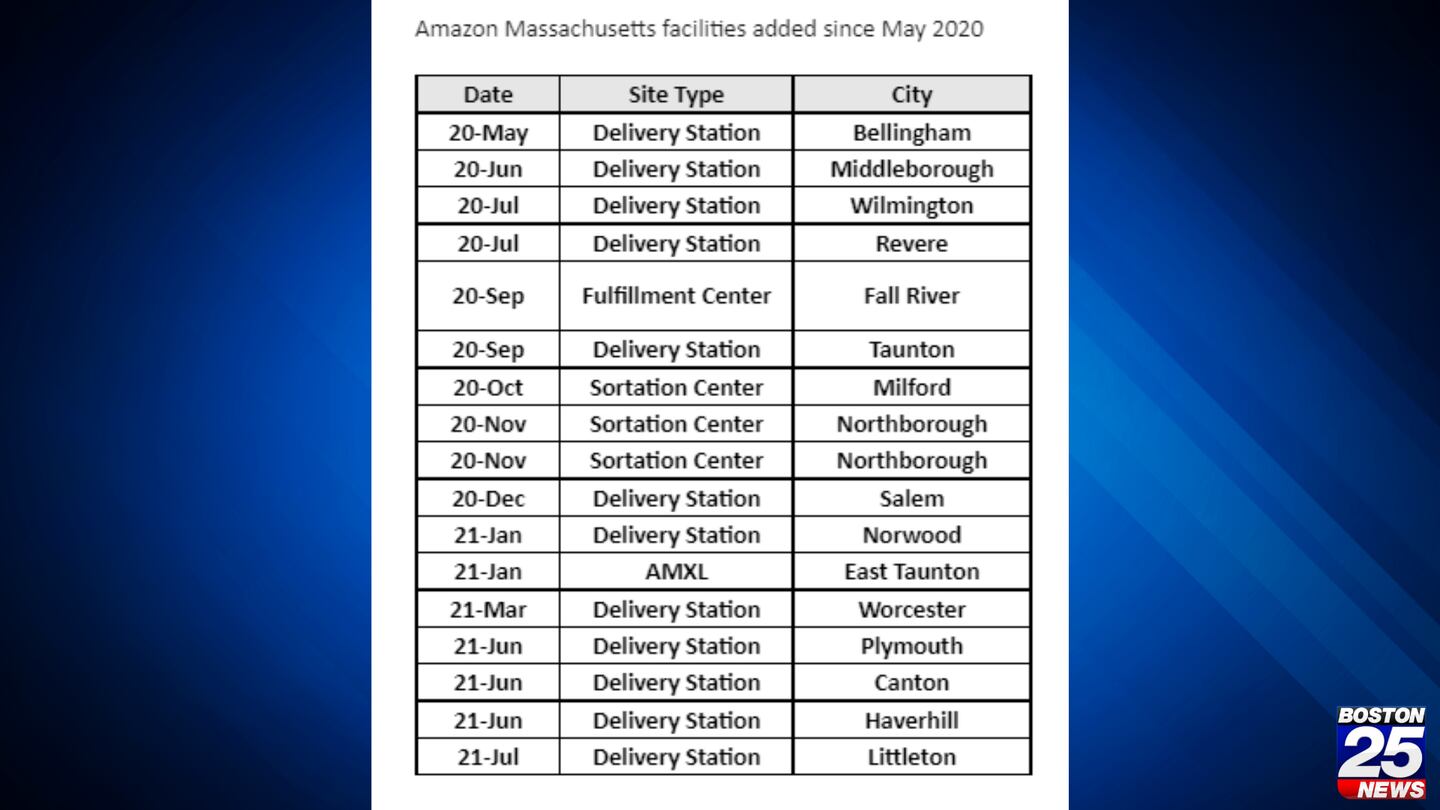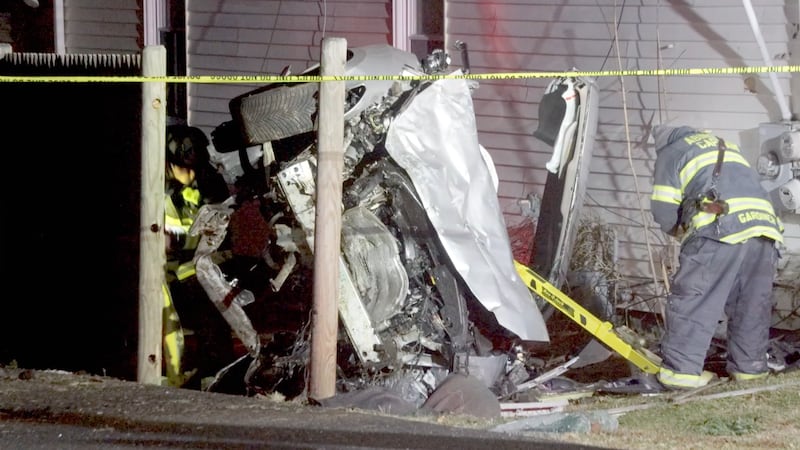BOSTON — Congestion in and around Boston has been slowly creeping up.
As pandemic stay-at-home orders began lifting, traffic across Massachusetts began rebounding.
In fact, the state’s Department of Transportation says traffic volume is only 5 percent below where it was at this time in 2019.
Truck traffic, in particular, has returned with force, fueled by a strong demand for goods from people shopping from home.
“In the past year, there’s been like a six-fold increase in demand for trucks, compared to the previous year.” said Anna Nagurney, UMass Transportation and Logistics expert.
“Everyone wants things faster, faster, faster. You know, same day and next day delivery. So that means more trucks on the road,” she said.
In the beginning of the pandemic, truckers were essential to keeping the economy rolling and took advantage of fewer cars on the road to transport loads quicker, Nagurney added.
“They’re the ones that delivered the food, they delivered the medicines, they delivered the raw materials to produce PPE [personal protection equipment], medicines and so on. They do all of the last mile delivery,” Nagurney said.
In July, the amount of freight shipped in the U.S. was 15.6 percent higher than the same period in 2019, according to Cass Transportation Index.
To keep up with the demand, truckers have been moving loads during the daytime and travelling longer hours. That, in turn, led to increased traffic volume during off-peak hours, shifting rush hour in and around large metro areas like Boston.
“It used to be Friday night was the headache time. But I’ll tell you, that’s the time to go now,” Jean O’Connor, a driver who was heading to Cape Cod told 25 Investigates on a recent weekday afternoon.
Jim Murray, who 25 Investigates found at the Route 128 service plaza in Newton, said he “found going northbound after one o’clock is getting to be worse each week.”
Nagurney, the transportation and logistics expert from UMass Amherst, says remote and hybrid work schedules, as well as more people relying on personal vehicles instead of mass transit, are contributing to that shift in traffic patterns.
These days, morning rush hour is not so rushed, especially on Mondays and Fridays, and the commute home seems to be ending earlier. The new rush hour is mid-afternoon. Massachusetts roadways begin to fill up around 1 p.m. or earlier.
With more trucks on the road, there’s also been an uptick in crashes involving trucks. 25 Investigates found a handful of crashes on major Massachusetts roadways just last month.
In Weston, a 73-year-old man was killed when he hit a tractor trailer on I-95, a 23-year-old motorcyclist from Chelsea died in a crash on Route 16 in Medford, and two big rigs collided on I-495 on the Harvard-Boxboro line, tying up morning traffic for hours.
Chris MacDonald has been driving a truck for more than 30 years and he’s noticed more traffic in Massachusetts in recent weeks. He says COVID-19 made an existing shortage of experienced truck drivers worse and that has resulted in less skilled drivers on the road, which may help explain the number of recent truck accidents.
“The companies aren’t that fussy anymore. If you’ve got that license, they’ll hire, and then your off kind of learning on the road,” he told 25 Investigates.
With e-commerce exploding during the pandemic there’s also been increased demand for local delivery vehicles.
Since May of last year, Amazon has added 17 new facilities across Massachusetts.
That means more of those blue vans on the highways and in neighborhoods.
Another factor contributing to increased traffic in the state is more people opting to use their own cars instead of taking mass transit, like the commuter rail.
A recent report released by the Baker administration found the commuter rail could lose up to half of its pre-pandemic riders if the current work from home trend continues and more people continue using personal vehicles.
©2021 Cox Media Group






